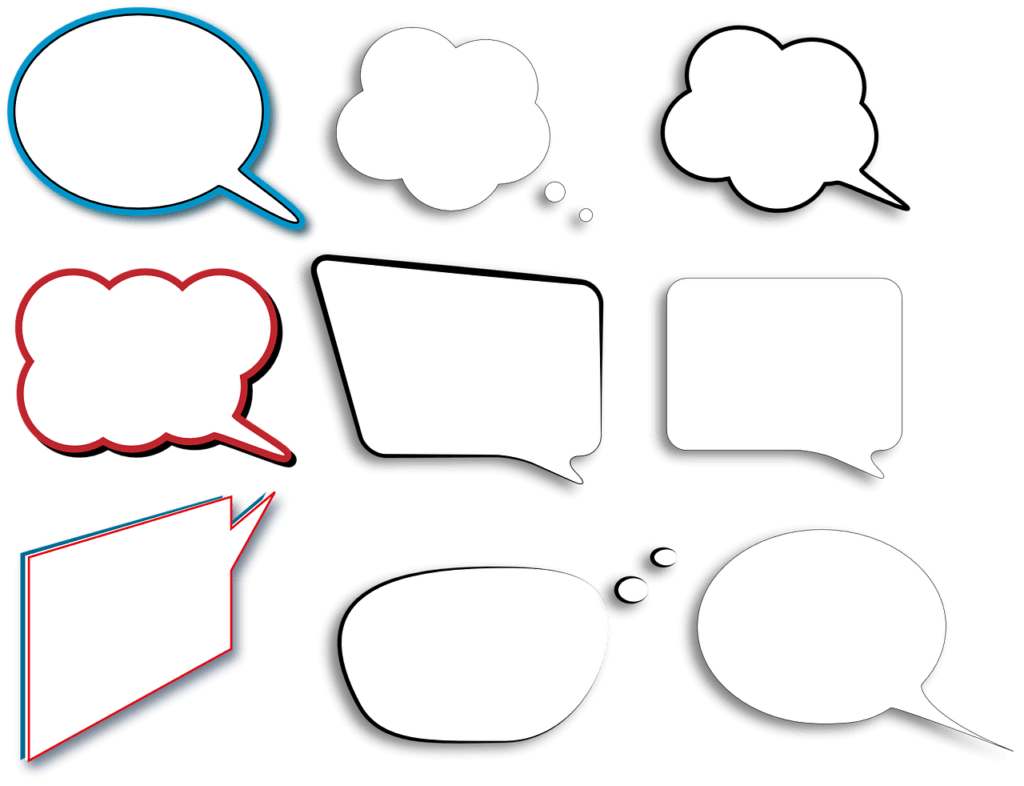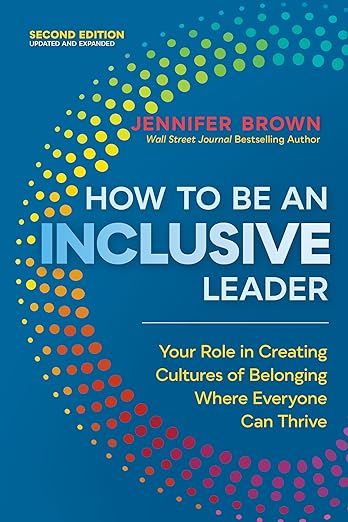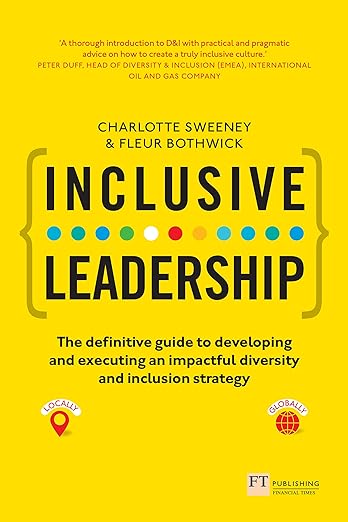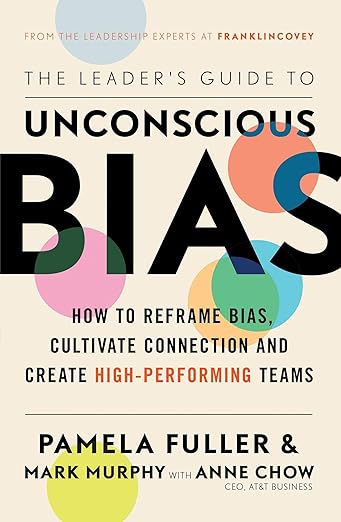Communication has the power to shape a workplace culture where everyone feels seen, heard and valued. Inclusive communication is about actively creating opportunities for all voices to be heard and appreciated. But how do you get started? Some people managers ask me this question. In this blogpost, I will explore a variety of inclusive communication prompts you can use in various workplace situations.

Communication channels
The tools and platforms we use for communication can impact inclusivity. By ensuring these are accessible and welcoming, we can support a more inclusive environment:
- “What communication tools or platforms do you find most inclusive and accessible?”
- “How can we make our internal communications more reflective of our commitment to diversity and inclusion?”
- “Are there ways we can improve our messaging to ensure it resonates with everyone in our diverse workforce?”
- “How can we better highlight diverse voices and stories in our communications?”
Inclusive communication tools help ensure that everyone can participate fully and effectively.
General workplace communication
Inclusive communication starts with the everyday interactions we have with our colleagues. By using prompts that encourage sharing and support, we can create a more inclusive atmosphere:
- “Can you share your perspective on this project? Your unique experiences and insights are valuable to us.”
- “Is there anything we can do to support you better in your role?”
- “How can we make our team meetings more inclusive and productive for everyone?”
- “What strategies can we implement to ensure everyone’s voice is heard and respected?”
These prompts invite participation and show that diverse viewpoints are not only welcomed but essential.
Feedback and performance reviews
Constructive feedback is a cornerstone of personal and professional growth. Ensuring that feedback is given in an inclusive manner can significantly impact an individual’s sense of belonging:
- “How do you feel about your work environment? Are there any inclusivity issues you’d like to discuss?”
- “What can we do to help you feel more included and valued in our team?”
- “How can we improve our processes to be more inclusive of different working styles and needs?”
- “Can you suggest any initiatives that could help promote diversity and inclusion within our organization?”
These prompts show a commitment to listening and improving based on employees’ experiences.
Leadership and management
Leaders set the tone for the entire organization. Inclusive leadership practices can inspire and drive a culture of inclusion throughout the organization:
- “What steps can leadership take to demonstrate a stronger commitment to diversity and inclusion?”
- “How can we ensure our leadership team reflects the diversity of our organization?”
- “What inclusive leadership practices have you seen that we could adopt?”
- “How can leaders create a culture of inclusion where everyone feels they belong?”
When leaders prioritize inclusivity, it permeates through every level of the organization.
Learn more from -
Onboarding and training
The onboarding process sets the tone for a new hire’s experience. Incorporating inclusive communication from the start helps build a foundation of trust and respect:
- “What additional resources or support would help you feel more included as you start your journey with us?”
- “How can we improve our onboarding process to better support individuals from diverse backgrounds?”
- “Are there any specific topics related to diversity and inclusion you think we should cover in our training sessions?”
- “How can we ensure our training materials are accessible and relevant to everyone?”
Effective onboarding and training can help new hires feel welcomed and supported from day one.
Social and informal interactions
Social interactions and informal networks play a significant role in creating a sense of belonging. By being mindful of inclusivity in these spaces, we can build a more supportive and connected workplace:
- “What can we do to ensure our social events are inclusive and welcoming for everyone?”
- “How do you prefer to be recognized for your achievements in a way that makes you feel valued and respected?”
- “What kind of support networks or affinity groups would you find beneficial?”
- “How can we create informal spaces where people from different backgrounds feel comfortable connecting and sharing?”
Inclusivity in informal interactions helps build stronger, more personal connections.
Team meetings
Team meetings are crucial for collaboration and decision-making. Ensuring these meetings are inclusive can lead to better outcomes and a more engaged team:
- “Let’s ensure everyone has a chance to contribute. Who hasn’t shared their thoughts yet?”
- “How can we create a more inclusive environment in our meetings where everyone feels comfortable speaking up?”
- “Can someone share an example of how diversity has positively impacted their work or the team?”
- “What can we do to ensure that diverse perspectives are considered in our decision-making process?”
Encouraging all team members to contribute helps to build a culture where everyone feels their input is valued.
Learn more from -
In other words
Implementing inclusive communication doesn’t require grand gestures. Small, everyday actions can have a significant impact:
- Regularly invite feedback on inclusivity and act on it.
- Use inclusive language that respects all identities and backgrounds.
- Facilitate opportunities for underrepresented voices to lead discussions.
- Continuously educate yourself and others on issues of diversity, equity, and inclusion.
What now
What will you do different tomorrow? Some micro-actions to consider:
- Start your next meeting with a prompt that encourages everyone to share their thoughts.
- Review your feedback processes and ensure they include questions about inclusivity.
- Implement one new inclusive communication tool or platform in your workplace.
- Organize a training session on inclusive communication for your team.
By using prompts that invite diverse perspectives, encourage participation, and show respect for all voices, we can build more engaging, and productive environments. These small changes in our communication practices can lead to significant positive impacts on our workplace culture.#









